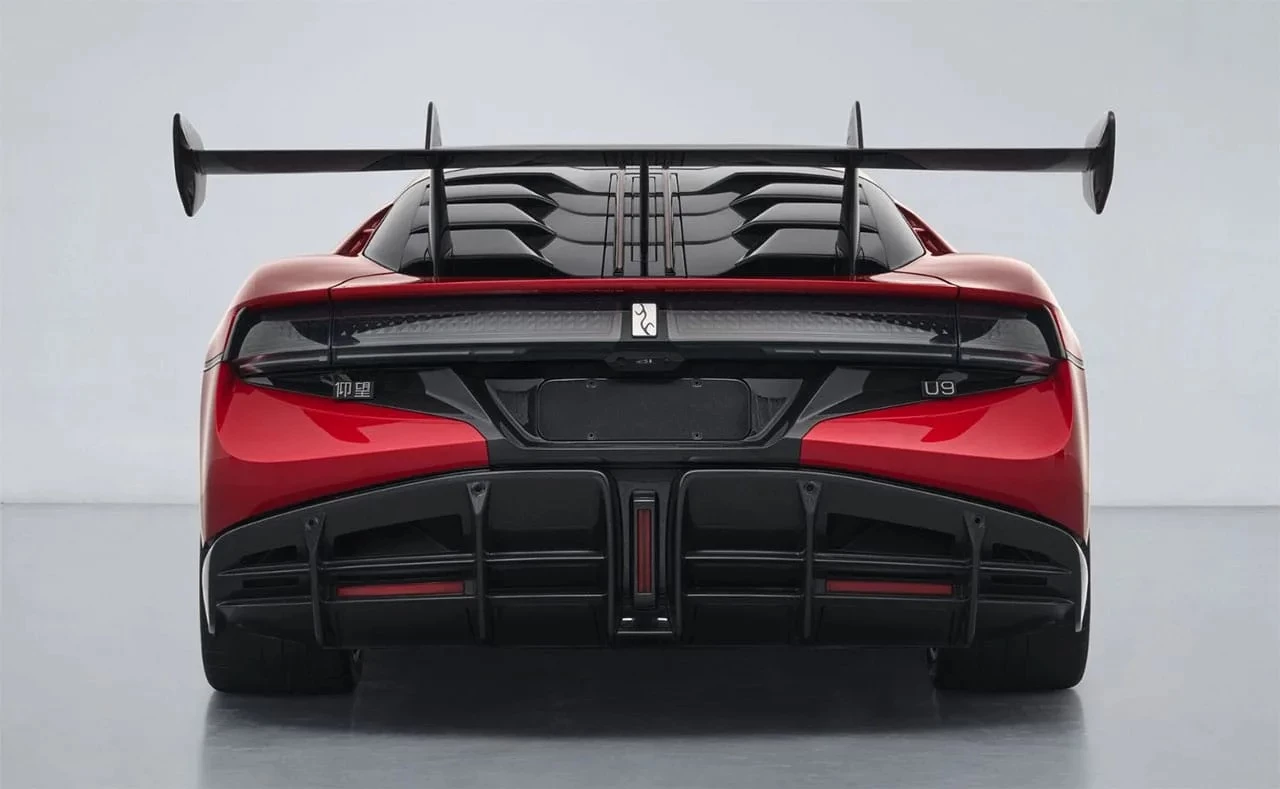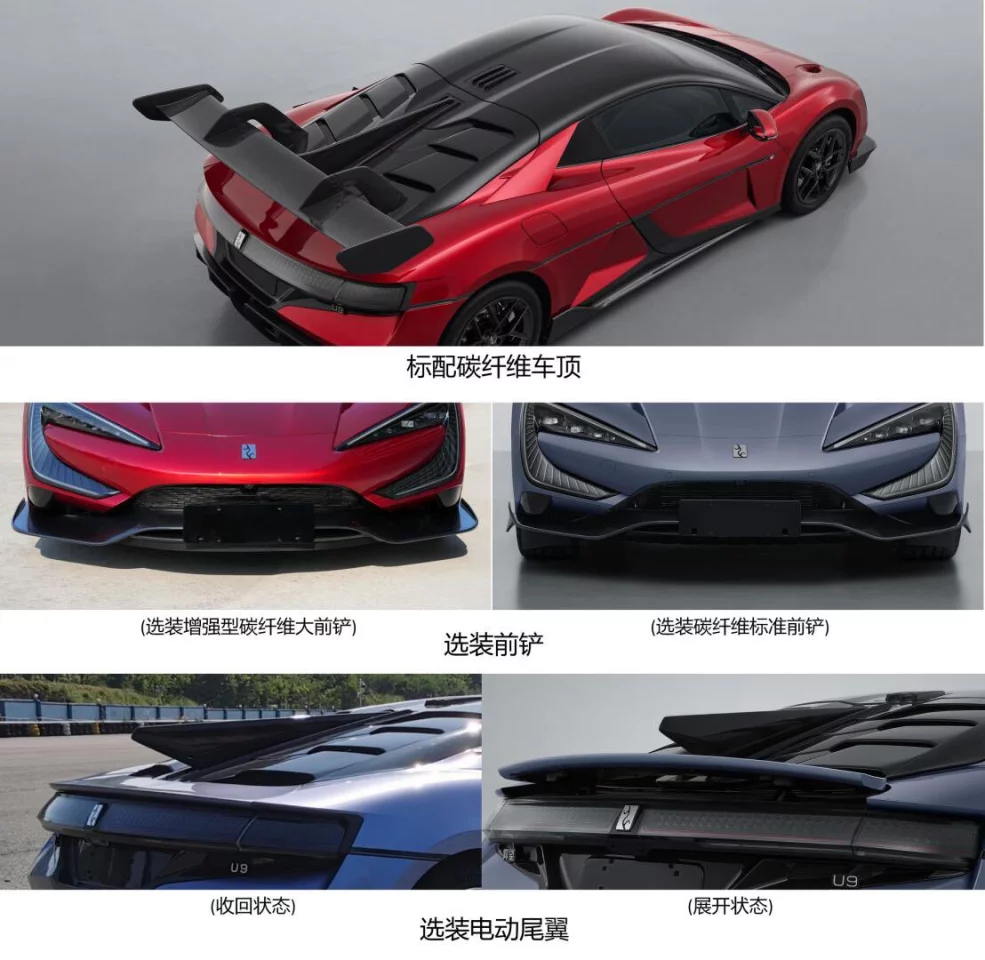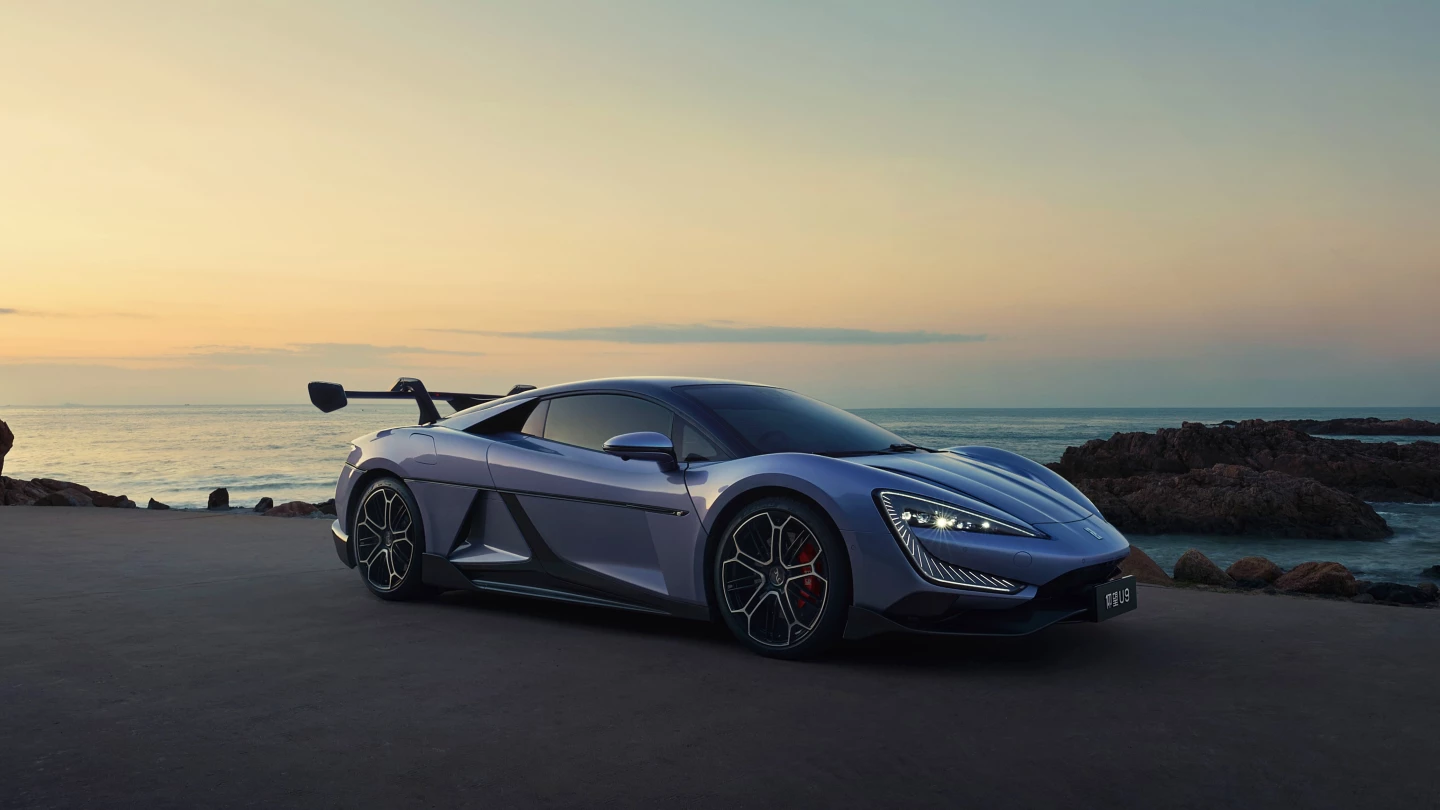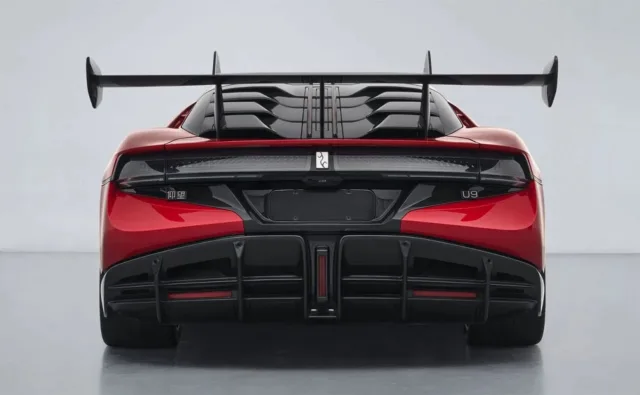How do you make a bunny hopping, self-driving electric car that can jump over a variety of obstacles even more capable? You give it the most power an electric vehicle (EV) has ever seen.
According to a new filing with China’s Ministry of Industry and Information Technology (MIIT), BYD plans to launch a new ‘Track Edition’ of the Yangwang U9 – a sporty electric car that already boasted 1,300 horsepower, with a 0 to 60 time of just 2.36 seconds.
However, BYD clearly felt that this wasn’t enough, and decided to add four (more powerful) electric motors, each creating 744 hp (547 kW), far above the standard U9’s already impressive 322 hp (240 kW) per motor. This would make the car the most powerful EV in the world.

MIIT
The MIIT listing mentions a top speed of 350 km/h (217 mph), but this is a relatively conservative number in my opinion, given that the standard U9 reached 391.91 km/h (243.5 mph) last year when BYD took it to the Nürburgring and established a lap time of 7:17.900 minutes.
That might sound impressive, but it was still behind the likes of the Xiaomi SU7 Ultra, the Rimac Nevera, and the Porsche Taycan Turbo GT, so it’s not so surprising that BYD would come back for revenge.
On the outside, the car doesn’t look to be much different from the standard U9. It features 20-inch wheels with 325/35 profile tires, a carbon-fiber roof, a fixed carbon-fiber rear wing, and a large diffuser. The filing also mentions optional aerodynamic components, including a redesigned front splitter and an electric rear wing – likely to come as options for people who prefer a more understated appearance, without the huge rear wing and sharp front end.
Per Car News China, the U9 Track Edition will measure 4,996 mm in length (196.7 in), 2,029 mm in width (79.8 in), and 1,311 mm in height (51.6 in). Curb weight is listed as 2,480 kg (5,467 lb).

MIIT
The current U9 is based on an 800-volt platform that enables a maximum charging power of 500 kW. The 80-kWh blade battery sports lithium iron phosphate (LFP) cells that can go from 30 to 80% in 10 minutes. BYD specifies the maximum range as 280 miles (450 km) according to the rather unrealistic CLTC standards.
The car gets Intelligent Damping Body Control and Hydraulic Body Control, which the company says gives it the unique ability to jump over obstacles, as we saw in a viral video earlier this year.
To put things in perspective, a Formula 1 car produces between 750 to 1,050 hp. Sure, these cars are significantly lighter, and there are race regulations limiting that power output. But even then, to have three thousand horses worth of power on a production electric car is just absurd.

BYD
Not too long ago, we were ooh-ing and aah-ing over 300-horsepower supercars like the Porsche 911, Nissan’s Skyline GT-R, and Toyota Supra. To go from that to t10 times that power in a matter of decades is mental.
BYD/MIIT via Car News China







